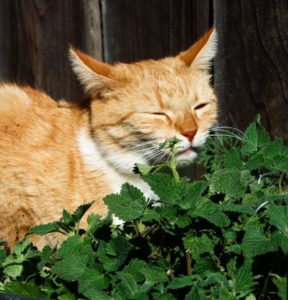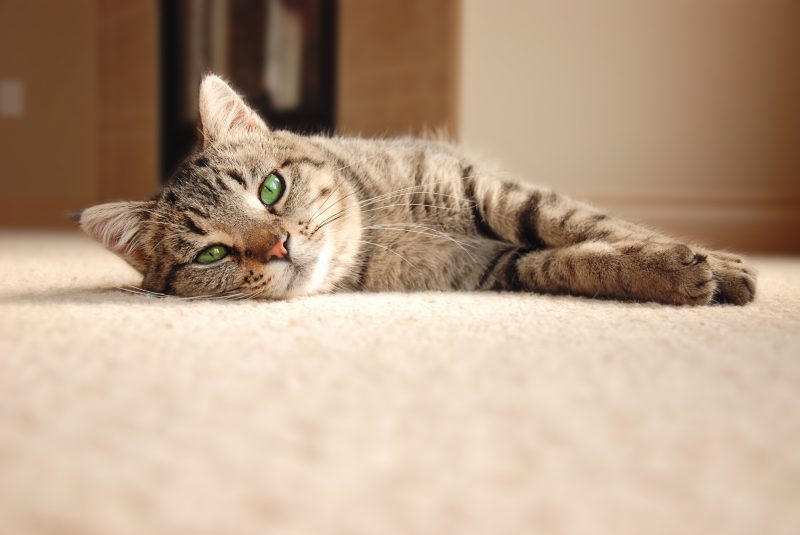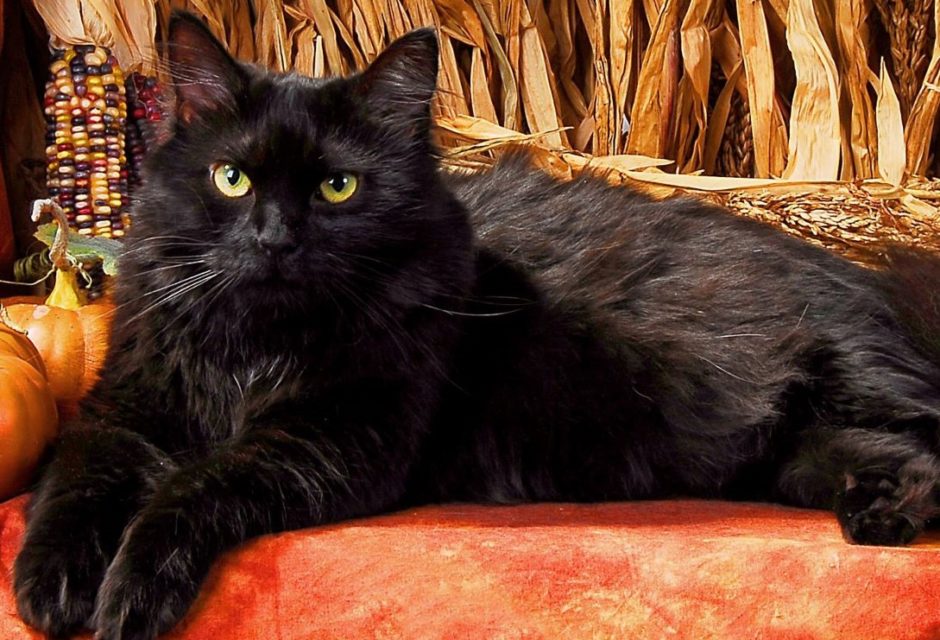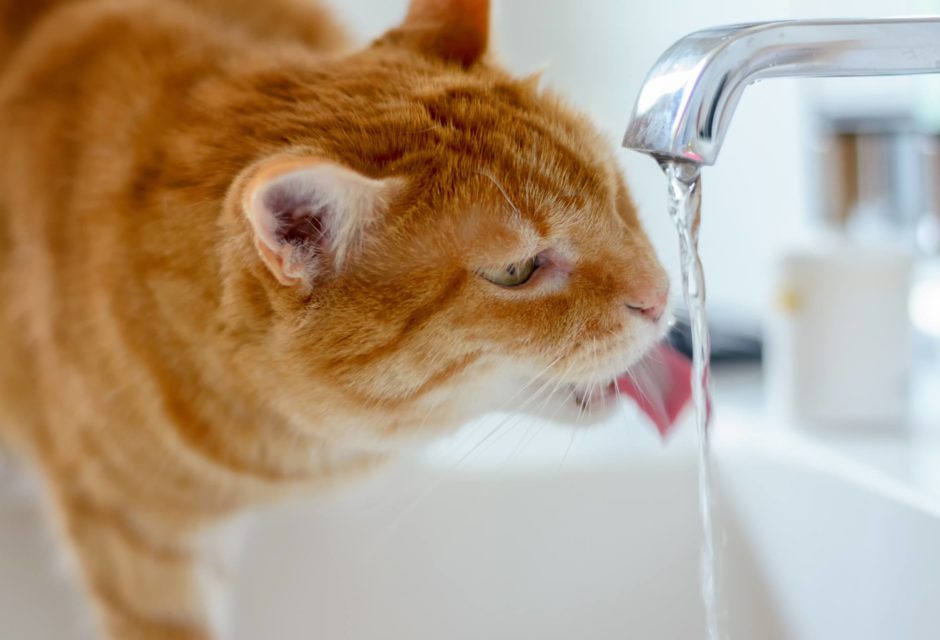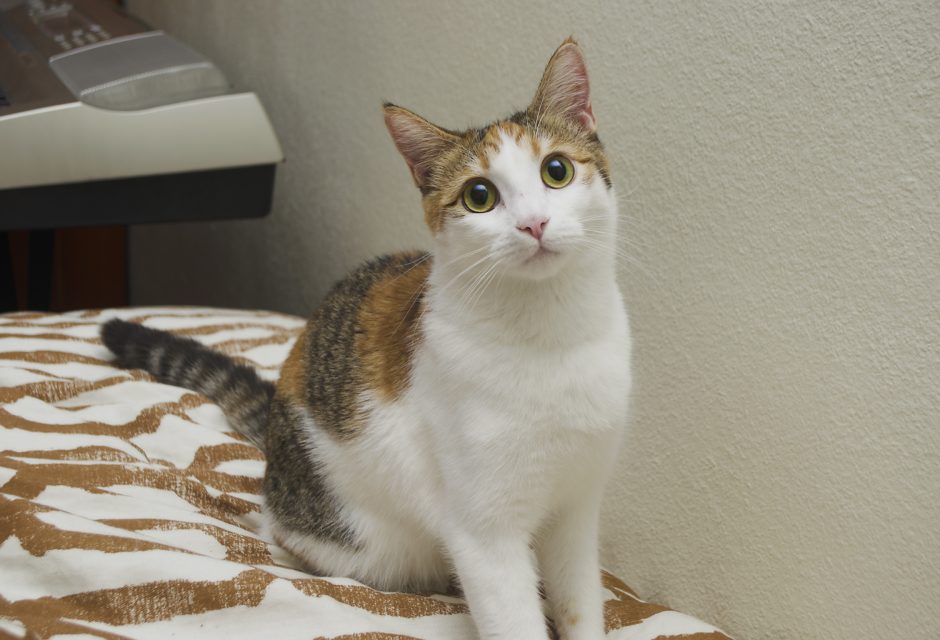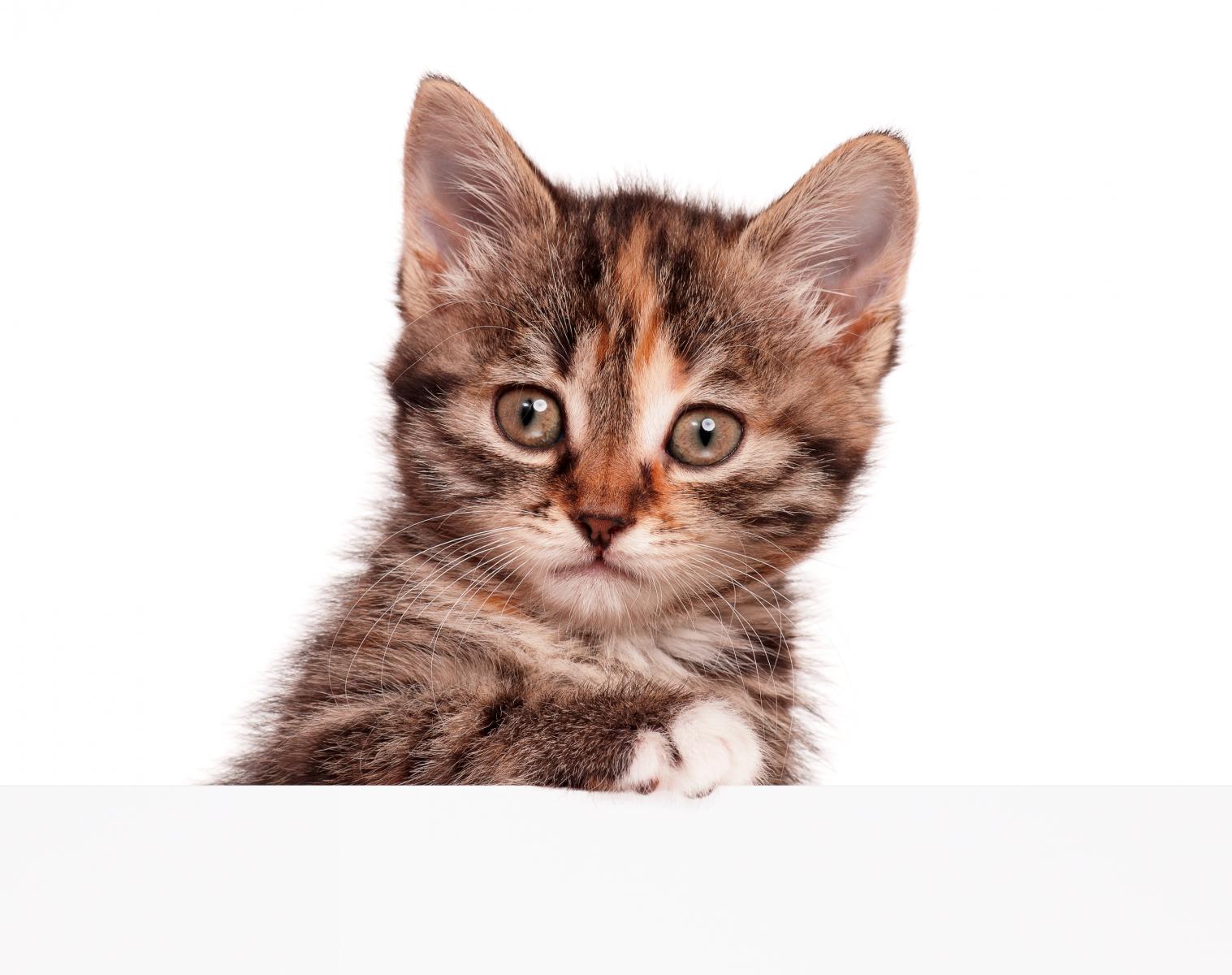
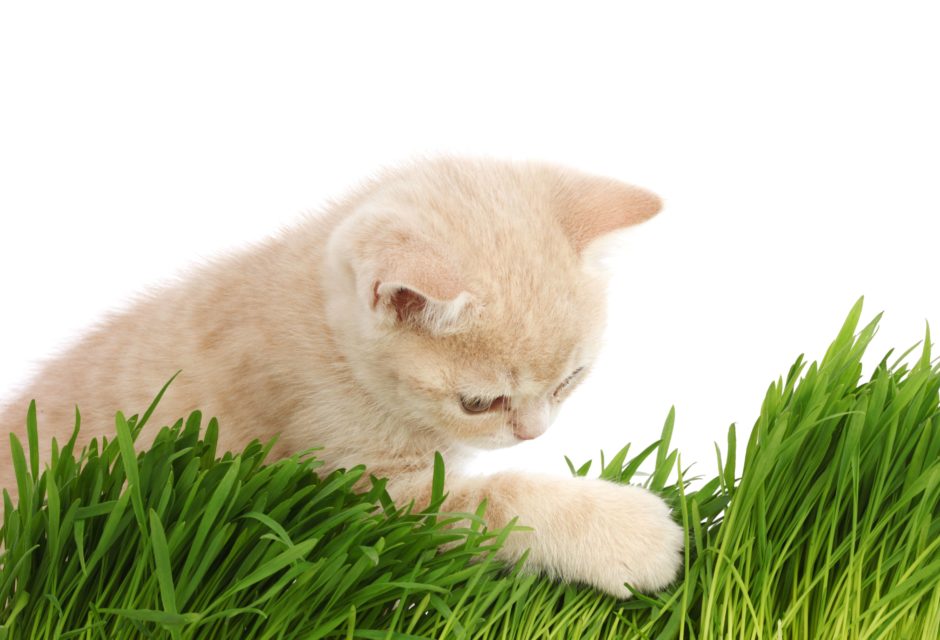
How To Create A Green And Grazeable Feast For Your Cat
Growing catnip and grass indoors couldn't be easier!
As a strictly indoor cat, four-year-old Bella doesn’t have access to grass or fresh greens. When the white and tabby mix feline started taking an interest in her indoor plants and herb garden, owner Erica Miller decided to introduce her beloved pet to cat grass. It was a huge hit.
“When she gets new cat grass she immediately has to check it out, sniff it, and eat some. Otherwise she nibbles on it, and sometimes I see her sticking her face in it,” says Miller.
While many cat owners routinely pick up a pot of cat grass at their local corner store or pet shop, it’s actually quite easy to grow your own indoor garden for your feline friend. Two of the easiest plants to grow—cat grass and catnip—are also the most loved by cats and boast many health and psychological benefits.
“Cats need greenery just as we do,” says Dr. Nicky Joosting of the Vancouver Feline Veterinary Housecall Service, who recommends that cats have access to fresh grass every day.
There are various theories about why cats go crazy for these greens, but it could have something to do with their evolution.
Since cats are obligate carnivores (meaning the eating of meat is a biological necessity) and typically have protein-heavy prey diets, they seek out plants for dietary balance, says Dr. Barbara Hodges of the Humane Society Veterinary Medical Association. “They eat plants as a source of fiber,” she notes, adding, “Cats are simply exploring their world and eat plants because they like the smell, taste or texture of particular plants.”
Follow these easy tips and you’ll be well on your way to your own Garden of Eatin’ for your feisty feline!
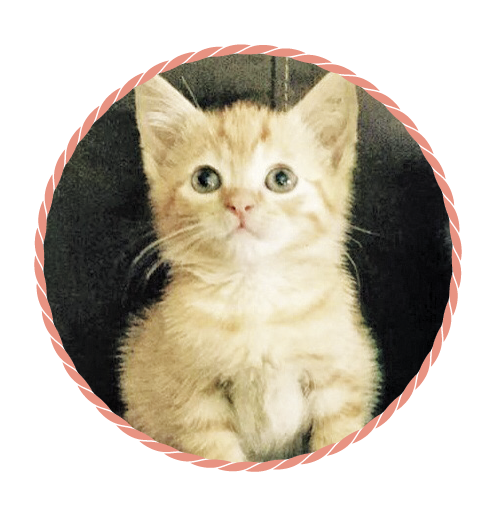
Cat grass, which is actually a cereal grass like oat or wheat, provides a safe outlet for grazing. The consumption of these supplemental greens will also help your cat’s digestive tract. Eating roughage provided by greens such as cat grass can help remove indigestible matter, like the fur they’ve swallowed during grooming. This is especially true for indoor cats that wouldn’t otherwise get to eat greens in their daily routine.
John McMaster, who fosters cats and kittens for Vancouver Orphan Kitten Rescue Association (VOKRA), provides the grass regularly to the cats in his care. He says not to be concerned if your cat coughs it back up.
“Don’t be alarmed! The grass encourages the removal of fur, which can be an irritant to the cat’s upper digestive tract,” he says.
Dr. Joosting says many of her client’s cats vomit as soon as they get the grass—but it’s only from overindulging.
“They are so excited that they gorge,” she says, adding that it’s often just temporary.
“Once they get used to it, then they will nibble their daily leaf, and only gorge when they feel the need to vomit—they do seem to use it as a purge.”
Cat grass also has a calming or psychological benefit—and can act as environmental enrichment for stressed out kitties. Dr. Joosting recommends providing cat grass for people whose cats are “wool suckers” or are destructive chewers. Ditto for cats who have a penchant for nibbling—or attacking—other houseplants.
Before she provided a daily supply of cat grass, Dr. Joosting said her four cats would “go crazy” and eat any greenery coming into the home. But that’s no longer the case now that they’re satisfied with the cat grass. That’s also been the experience of Erica Miller, Bella’s owner—to her great relief.
“The biggest benefit is that it seems to distract her from eating other plants,” she says.
Tips for Growth
Growing your own supply of cat grass is very easy.
It wilts after two weeks, so plant several pots a week apart for a continuous supply.
Buy seeds from your local garden or pet store. Soak them for a few hours before starting them in potting mix in a sturdy four-inch plant pot. Place in a warm, sunny spot.
It will take around two weeks for the shoots to germinate and grow. Your cat can enjoy it for a few weeks before you need to pull out the remaining shoots and plant more seeds.
Lack a green thumb? Buy your cat live, certified organic, ready to nibble cat grass delivered straight to your door at petgrass.com.
Catnip
Best known for the “natural high” it can give your cat, it’s easy to grow catnip in your home garden.
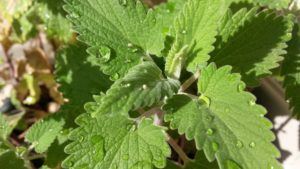
“Cats will roll through it, chew on it, and eat the fresh leaves as well,” he says. “It is the marijuana for cats.”
This member of the mint family loves damp soil and is partial to full sunshine. You might consider surrounding this perennial plant with a cage or barrier in its early growth stages to prevent your cat from devouring all of it!
“You may have to protect the baby plant, but once it is established, all you have to do is cut it back,” says Dr. Joosting. “Don’t be surprised if a cat makes a nest in it.”
Vander Zalm suggests growing it outside and bringing the clippings inside to provide fresh or dried.
“Inside it can dehydrate; it will thrive more in an outdoor environment,” he says.
The euphoric reaction to catnip, which comes with rubbing, sniffing, salivating, and licking, comes from the volatile oil Nepetalactone in the plant. The oil binds to the receptors that stimulate pleasure in your cat’s brain, though only 70 to 80 percent of cats will react to the plant. Dr. Joosting says some plants will be stronger than others, so you may need to experiment with the variety you grow for your cat.
But catnip isn’t just for making cats frisky. VOKRA foster cat dad John McMaster sprinkles it on food to encourage cats with a decreased appetite to eat, and uses it to motivate chubby kitties to roll around and get some exercise. Cat parents can also enjoy its benefits, he says.
“It can also be brewed as an herbal tea for people and it has a calming, soothing effect that is similar to chamomile,” he says.
Catnip Alternatives
Every cat has a different reaction to catnip. For cats that have a more boisterous or even aggressive reaction to the plant, you can try providing a catnip alternative, like silver vine or honeysuckle.
Both of these outdoor climbing plants, which do well on a trellis or arbour, elicit a catnip-type response from many cats. The leaves of silver vine, which produce a mildly euphoric response, are a popular cat treat in Asia, especially Japan, where the dried plant is called Matatabi. Honeysuckle has properties that act as a cat-attractant, and your feline will love to rub against the branches, especially when they are wet. Both plants are spring and summer bloomers that like full sun, but honeysuckle can get by in part-sun.
Joosting says training honeysuckle or silver vine to grow to form a “cat cave” may be the best thing you’ll ever do for your cat—especially if it’s in a sunny area of your home or protected balcony area.
“All cats love to sleep in a pot of warm sunny soil,” she says. “In that green bush cave they can watch the world go by, dappled with sun, safe and secure.”
Planting an edible garden for your cat is one of the many ways you can reduce your environmental “paw print.” Darcy Matheson’s first book, Greening Your Pet Care is filled with easy tricks to lower your pet’s impact on the environment, from the food they eat to vet care and products. Available at major pet and book stores, and through Amazon.
For the ultimate in easy growing, you can also try this Modern Cat approved Self-Growing Pet Grass!
Join the newsletter and never miss out on cat content again!
"*" indicates required fields
By clicking the arrow, you agree to our web Terms of Use and Privacy & Cookie Policy. Easy unsubscribe links are provided in every email.





